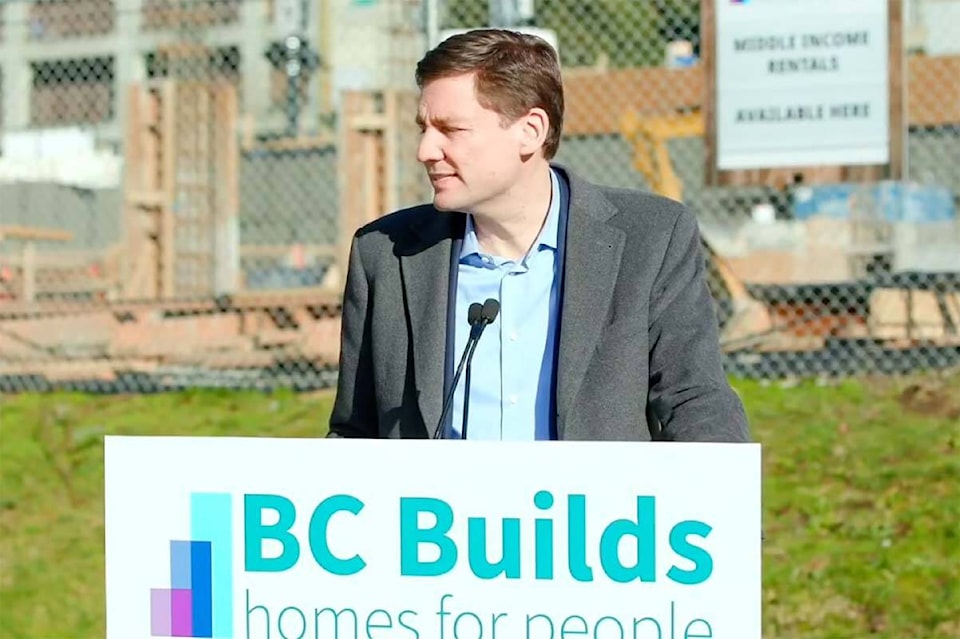The province recently announced its plan to make housing more affordable for British Columbians, and I think that while the intentions of the plan seem good, it ends up just being more of the same.
The new agency announced on Feb. 13 is supposed to create more rental housing for middle-income people, or those with household incomes between $84,000 and $190,000, which the province says will let more households “find below-market rent and spend less than 30 per cent of their income on rent.”
Once they’re built, the province said they would reflect local market value, and that an unspecified number of the units will be below the market rate.
A few things. One: local market value is already too expensive for many people. The other is that this widespread problem of housing and homelessness requires more than just the province stepping in to offer a bit of help.
We need to stop pretending that social housing wouldn’t work and just do it already.
There was a time before I was born that the government actually built and managed housing. Throughout most of the latter half of the 20th century, the feds built and maintained non-market housing. There were tens of thousands of homes built during the second world war, and after the war ended, a further 253,500 public housing units were built across the country by 1986.
In the 1970s and 80s, the government helped fund non-profits and co-ops to build non-market housing to the tune of another 220,000 units.
But by the mid-80s most rental assistance programs were ended, and in 1993 (the year I was born), the feds stopped funding new social housing altogether. In 1996, the remaining management and subsidies were transferred to the provinces, and after that, B.C. has only given a limited amount of funding to vulnerable populations and some shelter aid to seniors.
According to The Canadian Encyclopedia, a big chunk of the burden fell to cities and municipalities, which “were faced with people in core need and few resources to respond.”
Fun fact, homelessness only became a problem in the 1980s. In his 2009 keynote speech at the Calgary Growing Home conference, Dr. J. David Hulchanski from the University of Toronto said that “the initial cutbacks in social housing and related programs began in 1984. The government ignored the (United Nations’) 1987 Agenda for Action. In 1993 all federal spending on the construction of new social housing was terminated and in 1996, the federal government further removed itself from low-income housing supply by transferring responsibility for most existing federal social housing to the provinces.”
“Would we have the social problem of homelessness today if this 1970s philosophy had continued through the 1980s and 1990s, to the present day? I think not,” he said.
It’s hard to find a concrete number for how many people are experiencing homelessness in Canada, but current estimates by the Homeless Hub put it between 150,000 to 300,000 people. The last full report was in 2016 and it said there were at least 235,000 people experiencing homelessness in Canada. If you remember, the number of homes built by the government in the 20th century was 253,000.
Currently, housing developers are businesses. Their goal is to make a profit. Since that’s the case, I don’t blame them for the rent of new builds being what they are.
I just know for a fact that people like me who fall on the lower end (or just below) that income bracket targeted by the province aren’t going to be able to afford even a mandated lower-than-market-value rent.
B.C. Premier David Eby’s plan looks like it’s heading in the right direction. The only problem being that a good chunk of the units will still be tied to the market rate.
Eby stood behind a sign that said “B.C. Builds.” That’s all well and good, but we need more than B.C. to be building.
RELATED: B.C. launches new agency to build middle-income rental housing quicker
